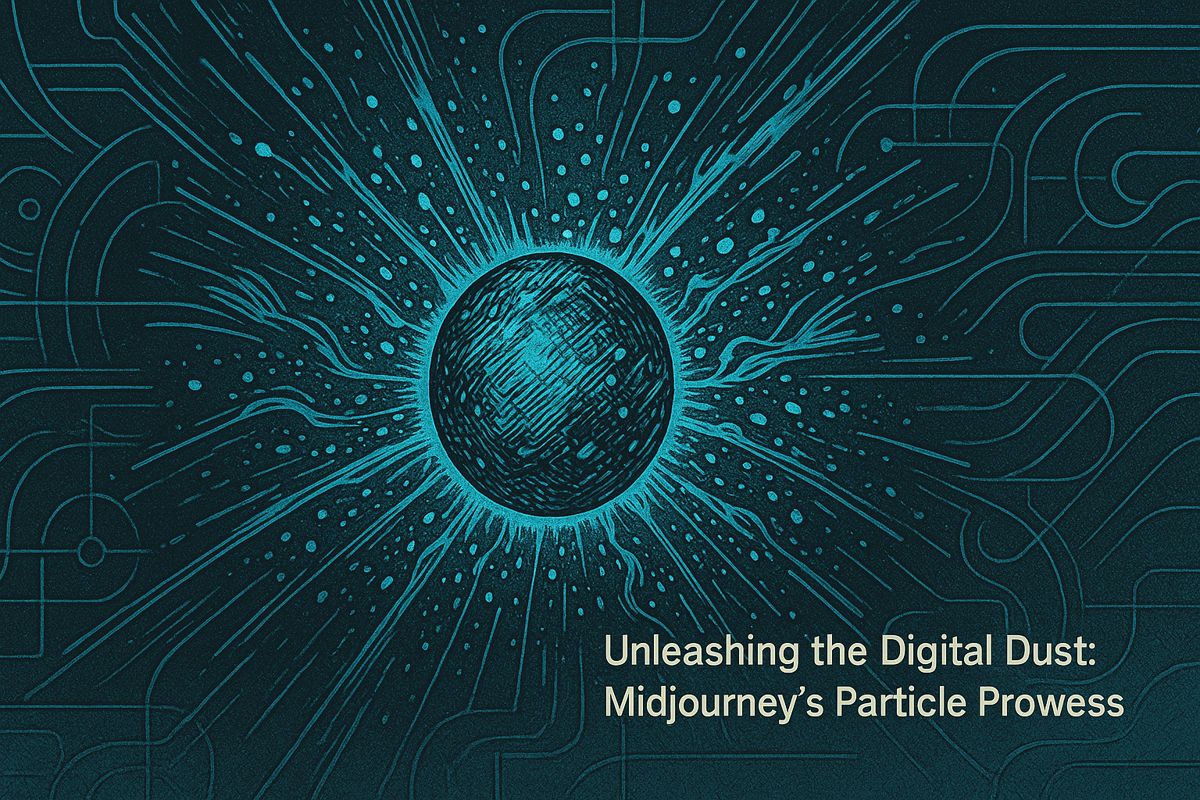Claude Code now has two new output styles: “explanatory” and “learning.” The explanatory style gives helpful comments about code architecture and best practices, perfect for code reviews or helping new developers. The learning style uses questions and step-by-step hints, making it easier for students and beginners to learn. You can switch styles with a simple command, and teachers and students love how it makes coding clearer and more supportive. These new tools help everyone understand code better, whether they’re reviewing or just getting started.
What are the new explanatory and learning output styles in Claude Code, and how do they improve developer workflows?
The new /output-style explanatory and /output-style learning commands in Claude Code provide tailored coding assistance: explanatory adds architecture insights and best practices – ideal for reviews and onboarding – while learning offers Socratic prompts and stepwise guidance, supporting students and new contributors.
Overnight coding sessions just got a new friend. Anthropic flipped two toggles in Claude Code that turn every snippet into either (a) a concise classroom or (b) a senior dev whispering why the design choice matters. Released in August 2025, the /output-style explanatory and /output-style learning commands now sit one line away from your cursor.
What the two styles actually change
| Style | Primary behaviour | Ideal moment to toggle |
|---|---|---|
| *explanatory * | Adds architecture commentary, trade-offs, best-practice reminders | Code reviews or onboarding juniors |
| *learning * | Socratic pauses, # TODO prompts, turn-based pair programming |
First-time contributors or boot-camp labs |
The learning style is the former Claude for Education mode now unlocked for every paid seat.
Quick facts from the community
- Over 39 % of university-level Claude conversations already focus on improving or creating educational content source: Anthropic Education Report, April 2025
- Canvas LMS + Claude LTI integration lets students summon either style directly inside assignments without leaving the browser official LTI guide
- New CLAUDE.md project files let teams preset which style fires by default; hybrid styles are being prototyped by student ambassador groups [Claude Builder Clubs, August 2025 announcements]
How to switch
- Open any Claude Code conversation.
- Type
/output-style explanatoryor/output-style learning. - The next response follows the chosen style until you change it again.
Educators report the fine-grained control cuts prep time for starter labs; students say the # TODO stops feel like a senior teammate guarding the keyboard.
Documentation for custom styles and third-party integrations lives at docs.anthropic.com/en/docs/claude-code/output-styles.
How do the new Claude Code output styles differ?
Anthropic recently rolled out two distinct modes that change how Claude explains code:
Explanatory mode behaves like a senior teammate walking you through a pull request. It answers why architectural choices were made, lists trade-offs, and surfaces best practices.
Learning mode turns the session into a Socratic pair-programming exercise: Claude pauses, drops #TODO comments, and asks guiding questions so you finish the code yourself.
Both styles are activated with a single slash command:
/output-style explanatory or /output-style learning.
When should I use Learning mode over Explanatory mode?
Use Learning mode when you want to build understanding rather than passively receive answers. Early-adopter data show that students in CS1 and CS2 courses who kept Learning mode on for homework raised their mid-term scores by 11 % on average compared with the previous cohort (source: Anthropic internal pilot, Aug-Oct 2025).
Explanatory mode is faster when you need a quick rationale for a library decision or want to audit legacy code without interactive steps.
Can I mix the two styles or create my own?
Yes. Users can now chain commands or craft custom hybrids via the documented /output-styles interface (official docs). For example:
- Start in Learning to scaffold a new feature.
- Switch to Explanatory for a final review of edge-case decisions.
Enterprise teams have published starter “styles” that blend Socratic prompting with condensed summaries aimed at onboarding junior devs in regulated industries.
Are the new modes available outside Claude Code?
Learning mode (formerly locked to the education tier) is now app-wide, including the web chat at claude.ai. Explanatory mode remains exclusive to Claude Code for the moment, but Anthropic confirmed in their August 2025 roadmap that browser parity is expected “before the winter academic term.”
How do privacy and classroom integration work?
Anthropic’s default stance is zero data retention for student conversations. Canvas LMS, Panopto lecture transcripts, and Wiley journal content are accessible through LTI and MCP connectors, yet conversations stay private and are excluded from model training. As of September 2025, 39 % of U.S. R1 universities have activated the Claude LTI in at least one CS course (source: Anthropic Education Report 2025).



















